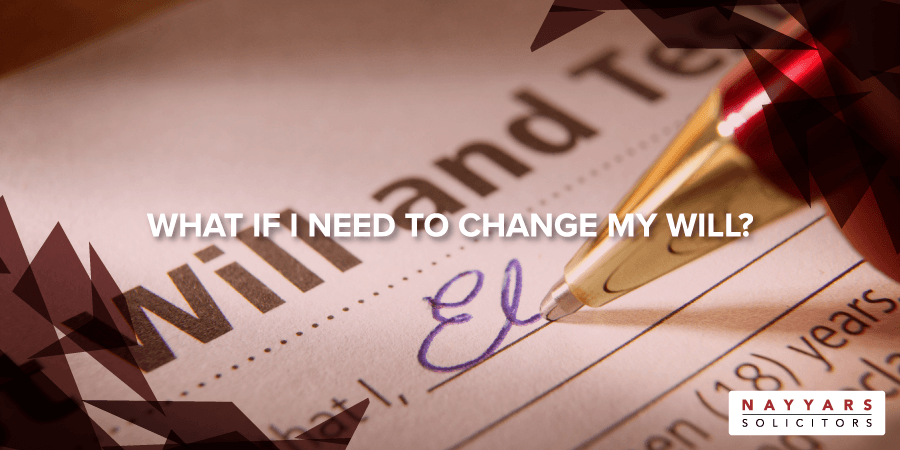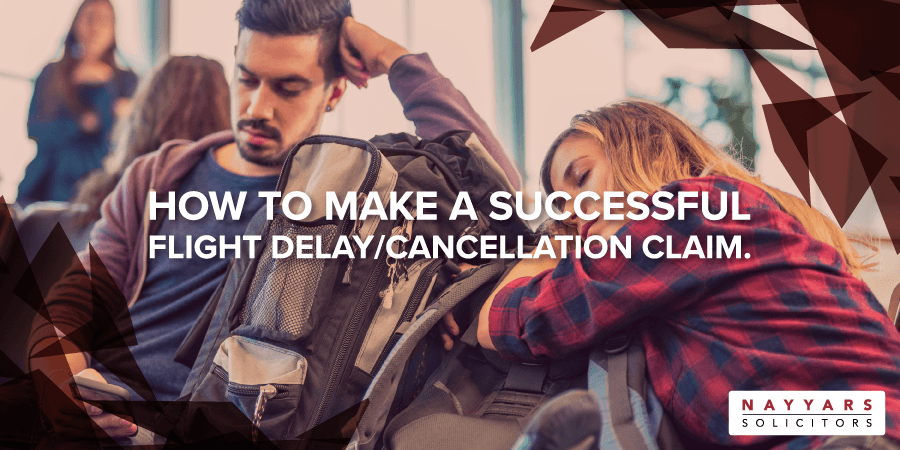LAW SOCIETY EXCELLENCE AWARDS 2019 WINNER!
Attending a Personal Injury Trial

The thought of attending a Trial can be daunting. It is always better to know what to expect before you turn up at court.
First and formally, it is important to note that although a trial is the concluding phase of the personal injury claim process, at Nayyars Solicitors the vast majority of cases are resolved well before trial, and in many instances before Court proceedings are issued at all.
At trial, a Judge examines the evidence to decide whether the Defendant should be held legally responsible for the injuries and harm alleged by the Claimant.
Typically, the trial will consist of six main phases:
- Opening Statements
Opening statements are presented by both parties’ Barristers. They summarise to the Judge the claim being brought and the basis on which it is defended.
- Evidence in Chief
The Claimant is sworn in first, either by the holy book of their choice, or; for the non-religious, by an affirmation of their intention to tell the truth.
The Claimant always gives their evidence first, as the burden of proof is on the Claimant to prove their claim. The Claimant’s Barrister will start by getting the Claimant to confirm the contents of their Witness Statement, usually by confirming that they have read it recently and that the signature on the final page is their own.
The Barrister may then ask the Claimant some questions regarding the accident circumstances and the resulting injury.
- Cross Examination
It is then the Defendant Barrister’s role to pick apart the Claimant’s evidence, and to find inconsistencies within the same. Unlike with evidence in chief, Barristers are able to pose leading questions in cross examination. Examples of this type of question would be, “you crashed the car because you were speeding, didn’t you?” or; “you did receive training on the correct use of the machinery, didn’t you?”
Claimants often find this part of the trial the most unnerving, however it is important to remember that it is the Defendant Barristers job to disarm the Claimant and defend the claim.
- Re-examination
This stage allows the Claimant’s barrister to put further questions to the Claimant, off the back of the cross examination.
Steps 2, 3 and 4 and then repeated for the Defendant and any witnesses to the evidence.
- Closing Arguments
Once all the evidence has been heard, both parties Barristers will make closing statements summing up their arguments. The purpose of this stage of the trial is so that the parties can highlight all the key issues for the Judge to consider when forming his/her judgment.
- Judgment
Prior to making a decision, a Judge may take a break to re-consider the evidence in his/her chamber. Once they have formed their judgment, they may return to the Court to read the same. Judges are not required to provide judgment the same day that the evidence is heard, and may also give their findings in writing or at a further hearing where they consider it is more appropriate.
A Fast Track Trial usually lasts for 1 day. There is normally waiting time in the morning and a break for lunch.
At Nayyars, we will arrange for you to be represented at the Trial by a Barrister. We also aim to attend ourselves to make sure the day proceeds as smoothly as possible.
If you do have a case that is heading towards a Trial then contact your Case Handler who will be happy to discuss it further with you.
Abigail Smith
Litigation Paralegal


